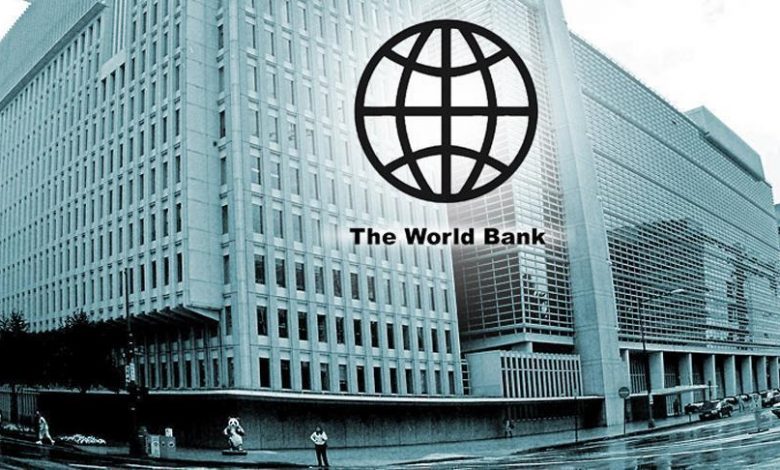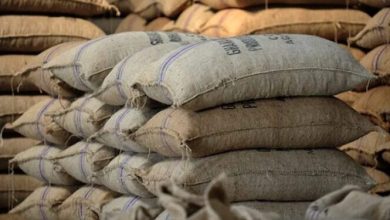World Bank approves $100m facility for Ghana to strengthen social safety net programs

The World Bank has approved a $100 million facility to strengthen and expand the Ghana Productive Safety Net Project 2 (GPSNP 2).
The project is expected to benefit over 1.6 million Ghanaians by specifically improving the incomes and productivity of the poor and vulnerable.
According to the World Bank, the pace of poverty reduction in Ghana has slowed down, with the COVID-19 pandemic also significantly setting the country back.
It reports that Ghana’s prospects in poverty reduction have also reduced due to the situation.
“The World Bank is pleased to support this project as it will help to ensure that more poor and vulnerable people have access to basic services and can boost their productivity,” said Pierre Laporte, World Bank Country Director for Ghana.
“The project is aligned with the Government’s COVID-19 relief and recovery plans which seek to protect and restore the economic wellbeing of affected households, workers, and enterprises,” the Bank said in a statement.
The $100 million facilities is expected to be put into programs such as the Livelihood Empowerment Against Poverty (LEAP) and the Labor-Intensive Public Works (LIPW).
Under the Livelihood Empowerment Against Poverty (LEAP), about 350,000 households, covering about 1.5 million people will receive cash transfers while some 35,000 people are expected to benefit from the Labor-Intensive Public Works (LIPW) program by getting productive inclusion activities to enhance the income-generating potential.
“The project will build on efforts of existing social protection projects by expanding coverage of social protection programs to strengthen performance and impact. Based on lessons from the COVID-19 pandemic and the need to provide more comprehensive support for the urban poor,” said, Iffath Sharif, World Bank Social Protection and Jobs Global Practice Manager for Western and Central Africa.
GPSNP 2 will extend coverage into urban communities to help tackle pockets of high poverty and vulnerability that exist in these communities. It will also scale up the provision of information, communication, and engagement services to safety net program beneficiaries in relation to education, health, financial well-being, gender, and social inclusion.









